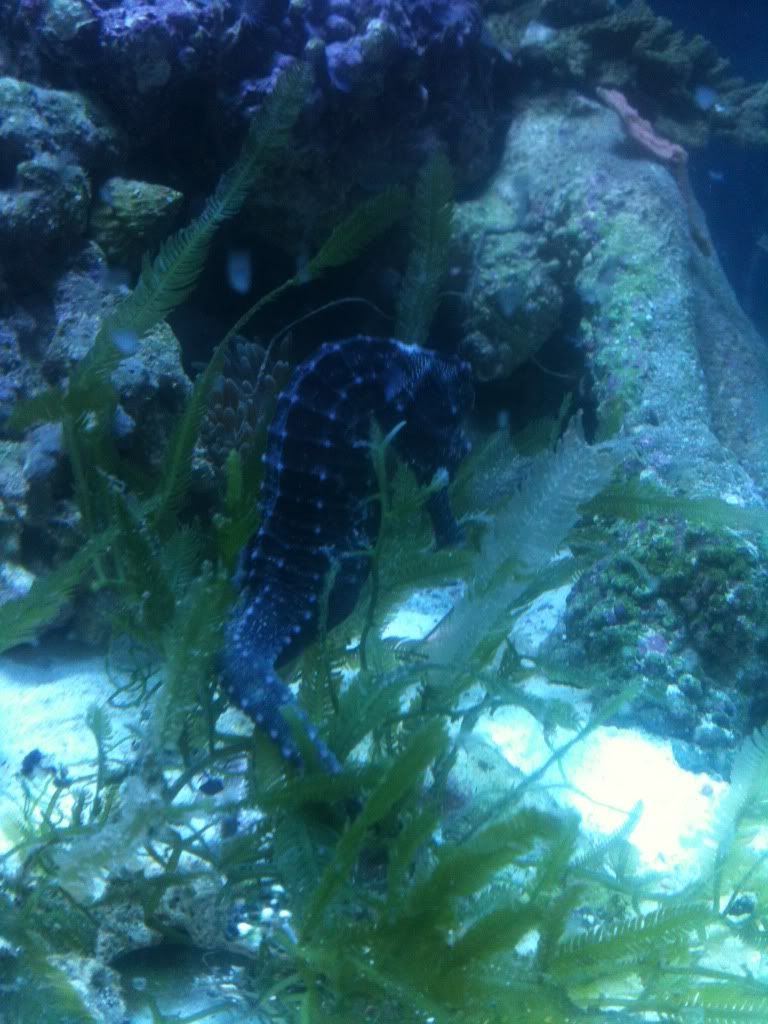Dwarves are some of the easiest seahorses to keep TBH. Well, except maybe Erectus... Anyways, the frozen food thing? That is a lie. Some dwarves will accept little bits of frozen food here and there if they are fooled into it, but you will need to feed them live food twice daily. Copepods are better for them nutrition wise, but given the amount of food they consume, it is highly impractical. Your cultures will not be able to keep up. So Copepods are a great treat, but brine shrimp are the only practical choice here. This means that you will be hatching and enriching brine shrimp daily or weekly (depending on how much you hatch at a time). On the upside, filtration is very simple with them. Some have reported success with just an airline going into the tank. Personally, I used sponge filters, which worked very well for me. You will want one rated for a far larger tank, though. Also, because you will probably want to clean up the uneaten brine shrimp after feeding time (due to their tiny-ness, even snails are bit of a risk, particularly around the fry), it is probably best to go bare bottom. As for tank size, believe it or not, 14g is a tad bit too big for DSH. The best success seems to have been in 4-6g tanks, although even something as large as 10g will do. Because they rather weak swimmers, dwarves don't really hunt around much for their food, they just sit around and wait for it to pass them by, for the most part, which means that the volume of water must be low enough to maintain sufficient food densities for them to eat their fill without moving more than an inch. (Slight exaggeration, but that is the jist of it). Anyways, they also reproduce prolifically, so buy 2 or 3 pairs and a few months later you will have several dozen. Lastly, about the rock: hydroids and aphasia can and will kill your dwarf seahorses. Be sure that there is none of either on your rock! I have only brushed up on some of the main considerations, but go to seahorse.org and fusedjaw.com and look at their articles on the subject. They will give you a thorough understanding of the requirements of dwarves. Good luck!

